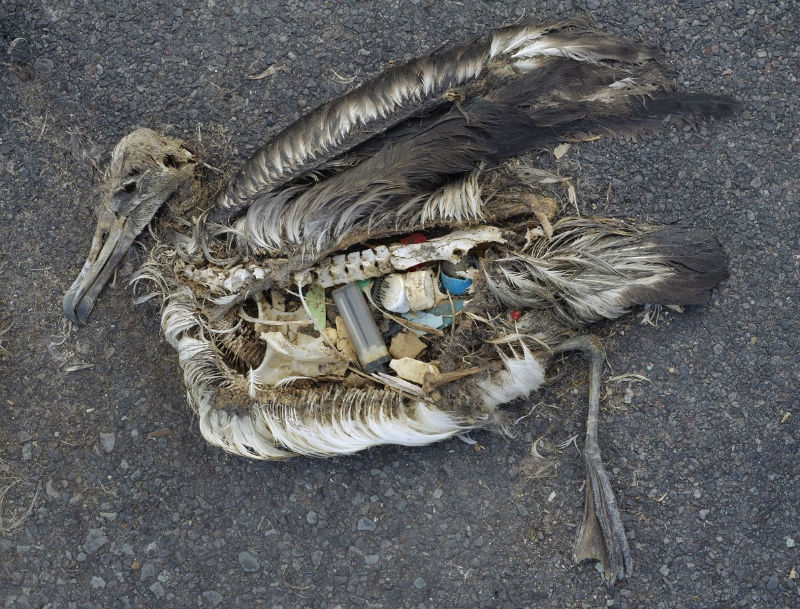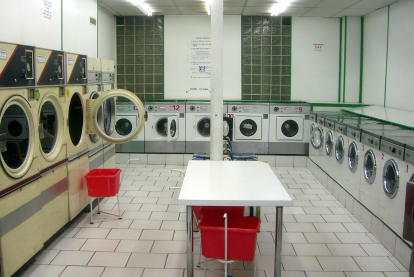 The unaltered stomach contents of a dead albatross chick photographed on Midway Atoll National Wildlife Refuge in the Pacific in September 2009 include plastic marine debris fed the chick by its parents.
The unaltered stomach contents of a dead albatross chick photographed on Midway Atoll National Wildlife Refuge in the Pacific in September 2009 include plastic marine debris fed the chick by its parents.
We have all seen pictures of dead birds and whales and other species with nothing in their stomachs but plastic - Have you ever considered why seabirds eat plastic and why they seem so badly affected by plastic pollution? Well, its because so many of the so-called tube-nosed birds, which include petrels, shearwaters and the magnificent albatross among other species, are attracted to plastic by their sense of smell.
Tube-nosed birds such as the albatross travel vast distances across the ocean to find food which occurs in patches so the search is much like finding a needle in a haystack out there in the “big blue”. To find food, these birds use their keen sense of smell. Their food includes fish, squid and also small crustaceans known as krill, which they locate by detecting a chemical (called dimethyl sulphide or DMS) that is released by the cells of marine algae when krill eat it. DMS therefore serves as an olfactory cue that alerts the birds to the presence of krill.
When plastic has been in the ocean for a while it becomes coated with algae, and in a recent study biologists from the University of California at Davis found that this results in the plastic having high levels of DMS associated with it. The levels are higher than normal background concentrations found in the environment, and well above levels that tube-nosed seabirds can detect and use to find food. To the birds, the presence of DMS is an indication that food is about, not algae, but krill feeding on algae. This prompts foraging behaviour with the result that the birds ingest plastic.
So, in addition to looking like food, plastic debris in the ocean may also confuse seabirds that hunt by smell.
From BBC News Online: Marine plastic - Hundreds of fragments in dead seabirds

Rate and Review
Rate this article
Review this article
Log into OpenLearn to leave reviews and join in the conversation.
Article reviews
Plastic pollution has been detected in all major marine environments worldwide, from shorelines and surface waters down to the deepest parts of the ocean, including the bottom of the Mariana Trench. A Good Example of the Effects on the Environment even over a Relativity Short Period of time can be see in the Pacific as a Plastic Garbage Patch that has been Accumulating solidly for the last 50 years.
The Sea has all but Broken down the Plastic to such as size that the Particulates are now Entering the Food Chain for Human Consumption in the forms of Micro Plastics. There is so much of Nature that is Affected through Various Forms of this Erosion. The Scale of the Problem is as Big as it is as small in size, example, Sea birds and stomachs of migratory Fish.
How many more ecosystems have to be destroyed and polluted until the dire impacts on nature and the natural world. Where we are in the state Anthropocene effect, and decline is it clear to see that nature is no longer being able to be effectively mitigated by nature.
The state of the oceans and sea's are beyond a shocking state... what else has to happen before people wake up! Help make the changes! and more so now than ever. what can we as individuals really do to help remedy the situation???